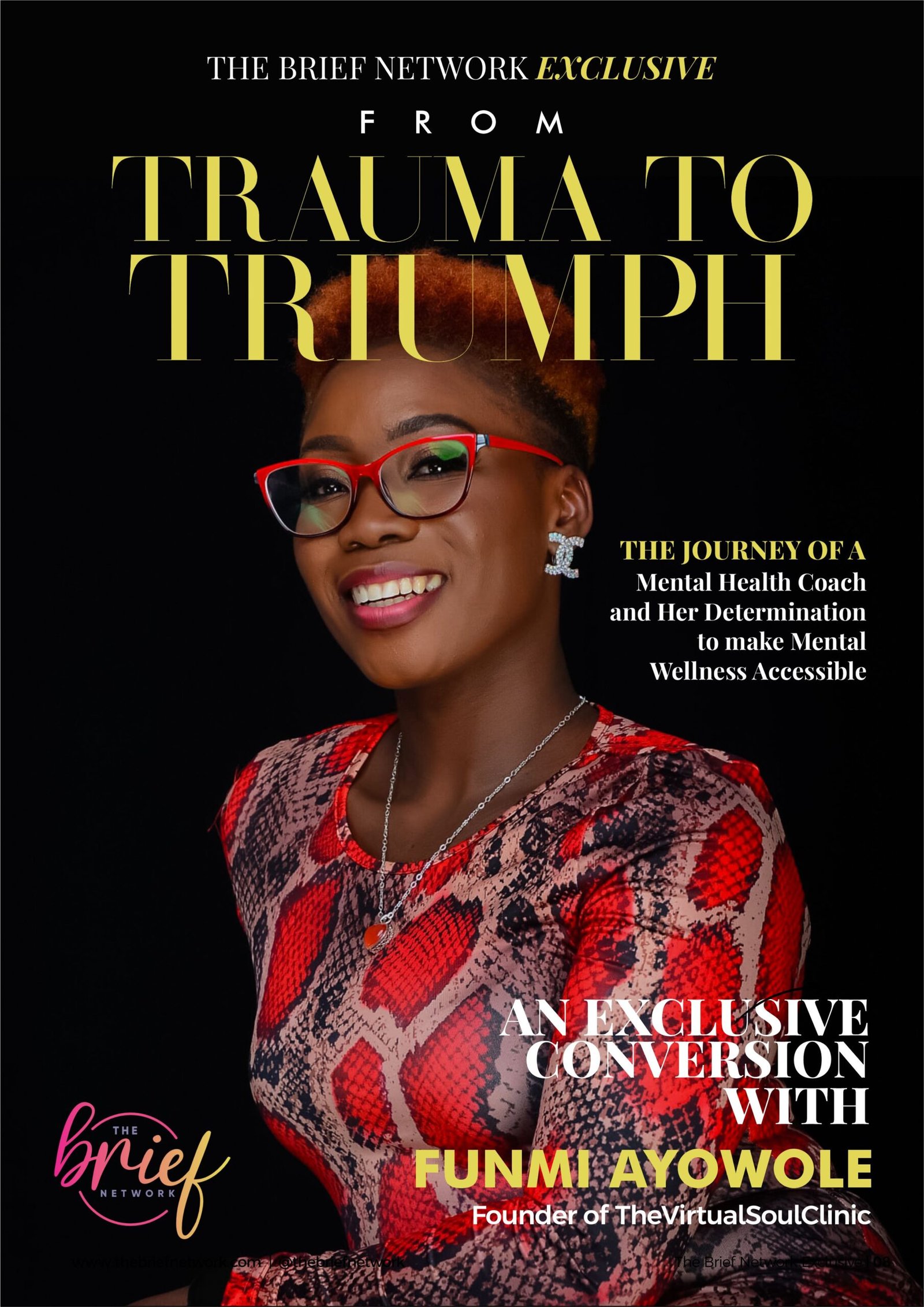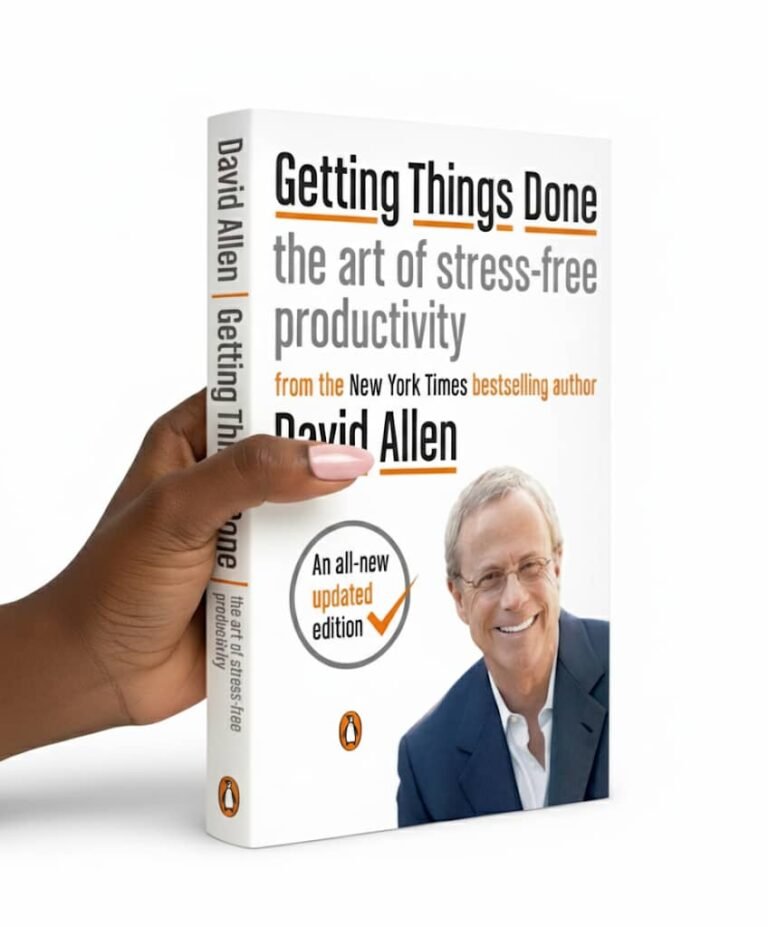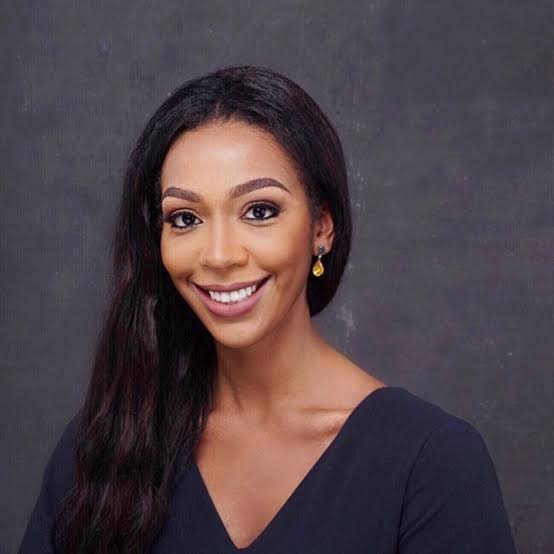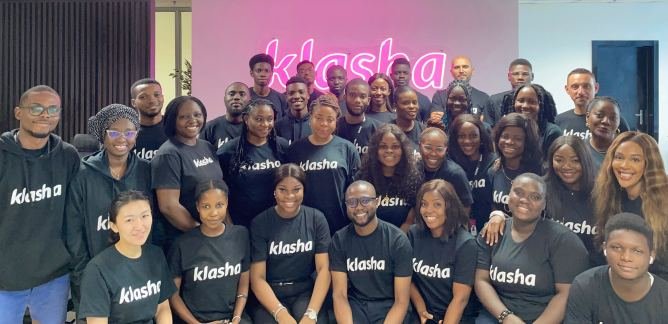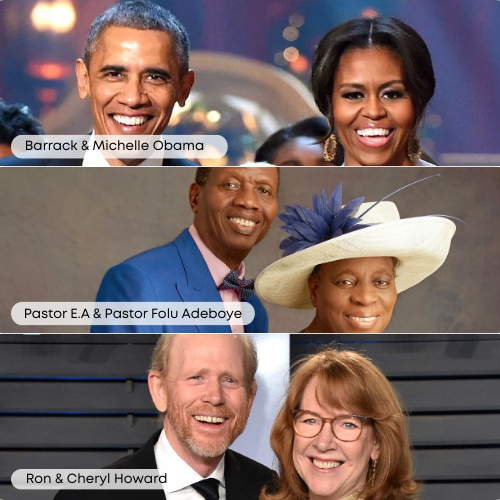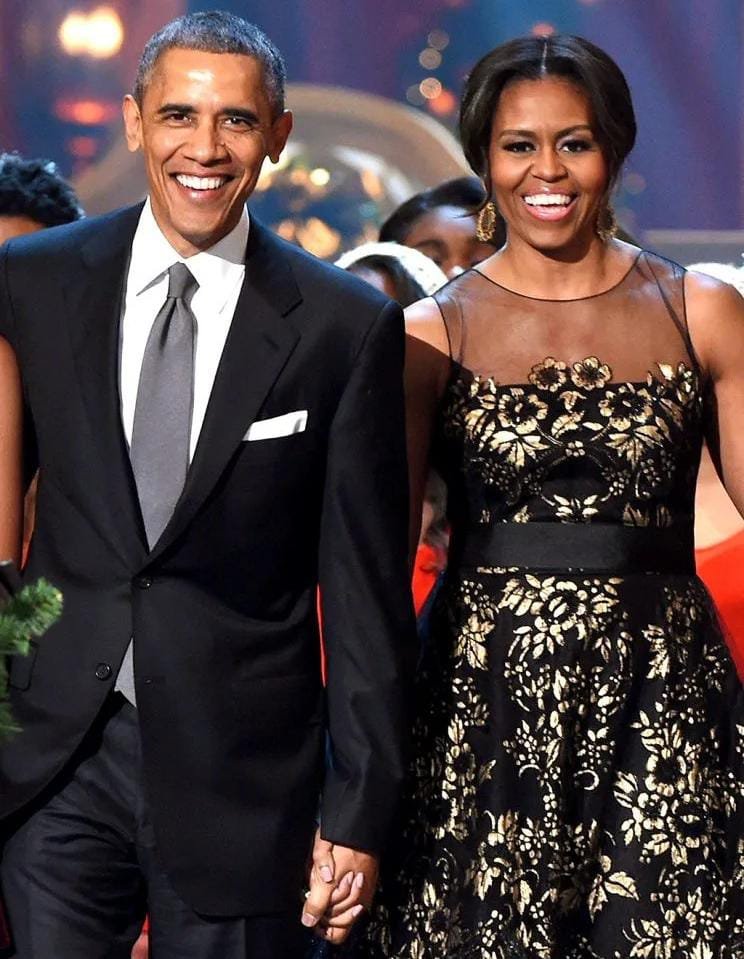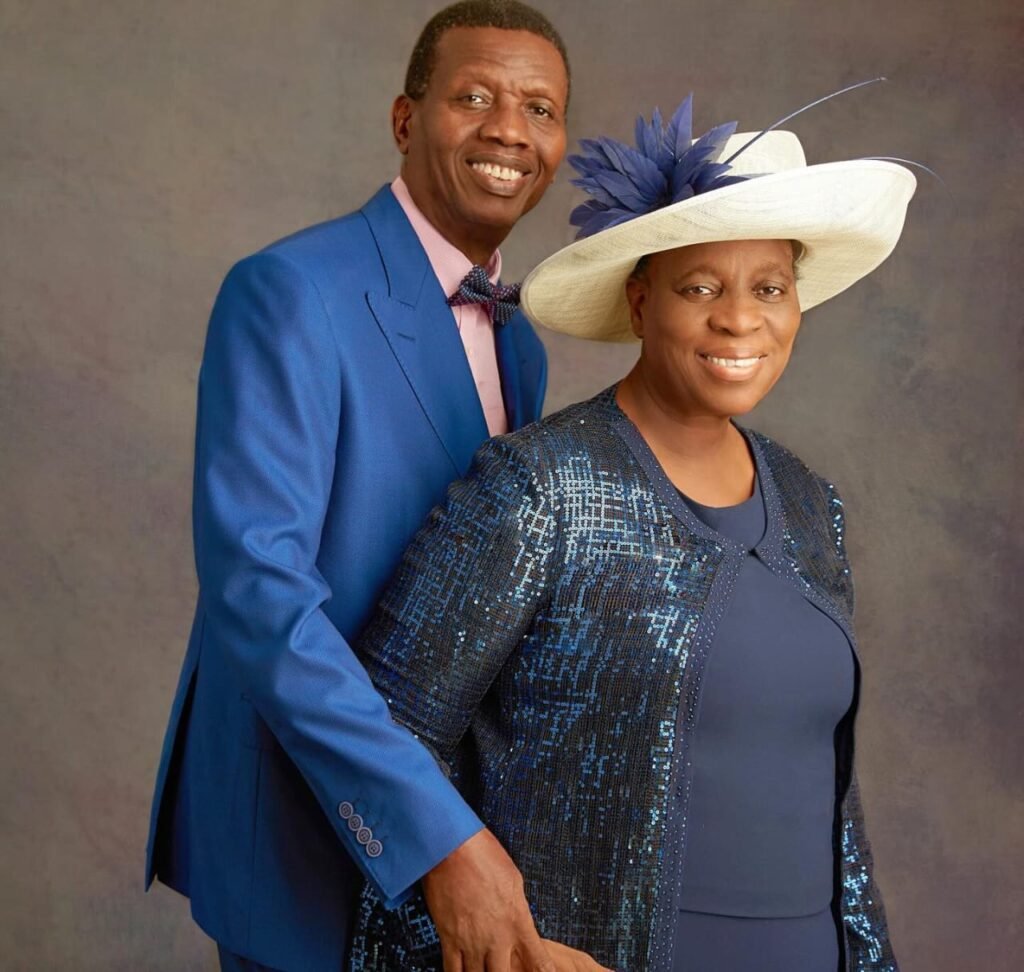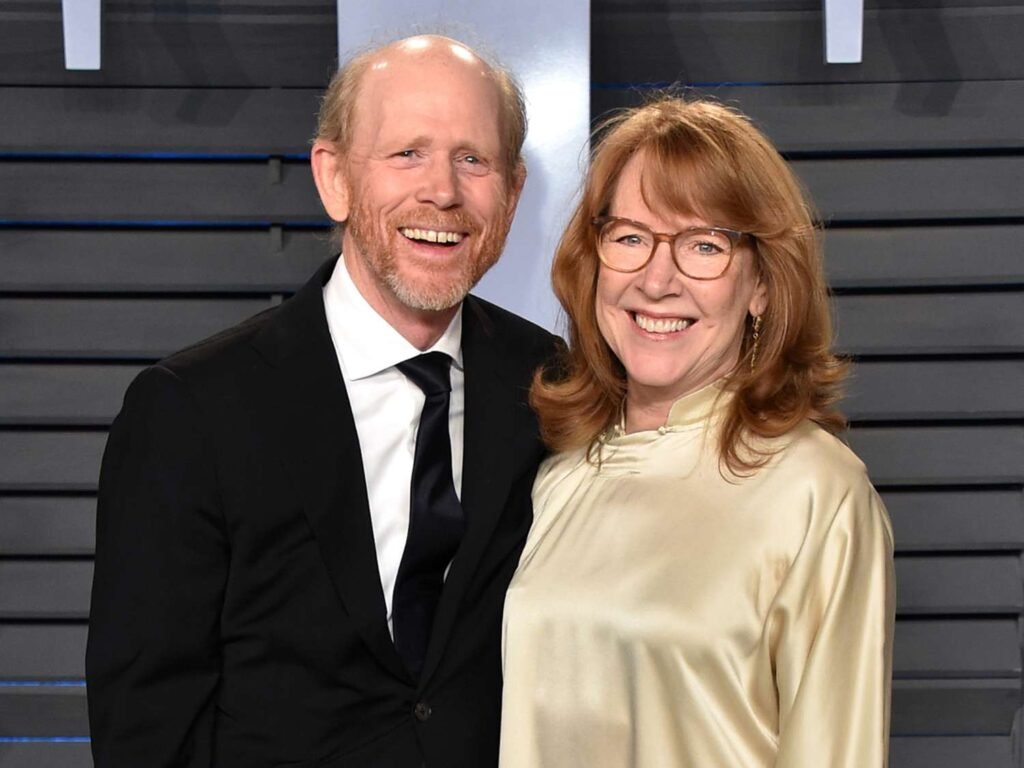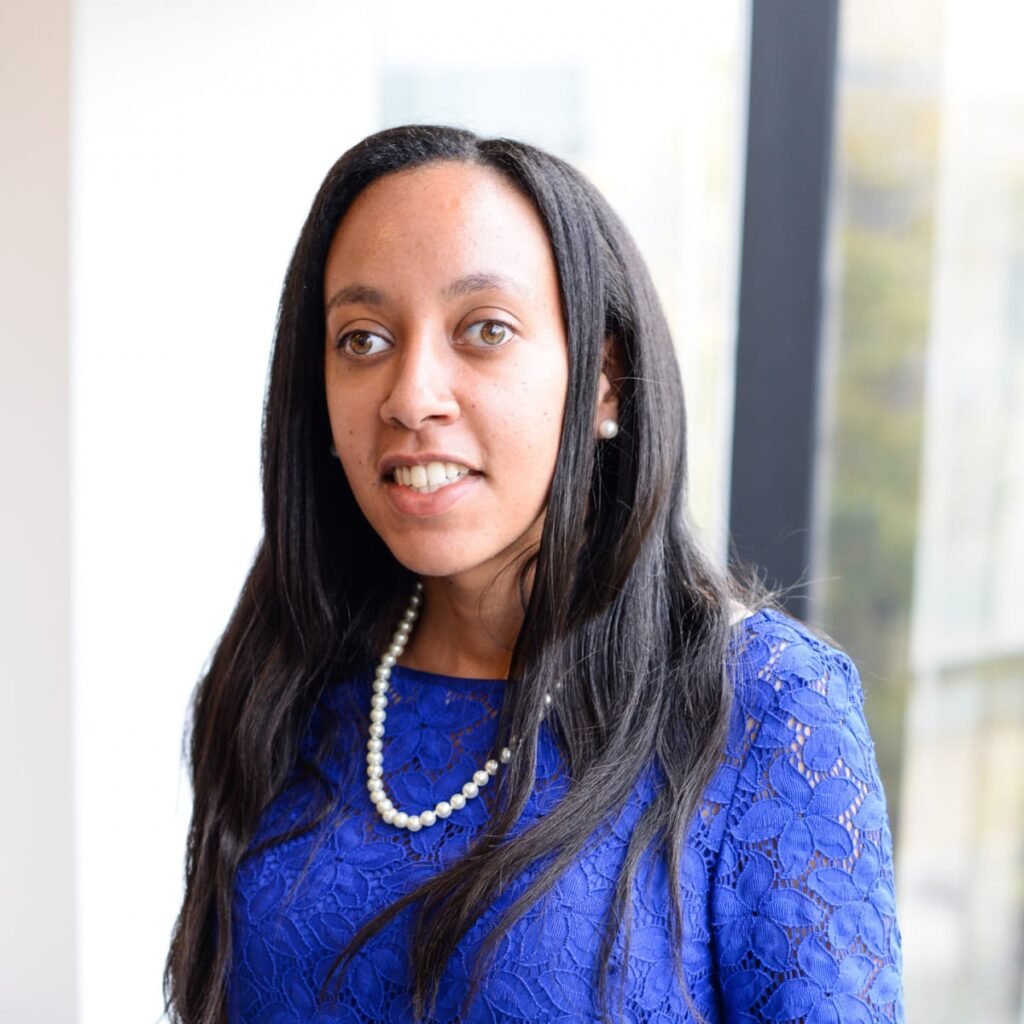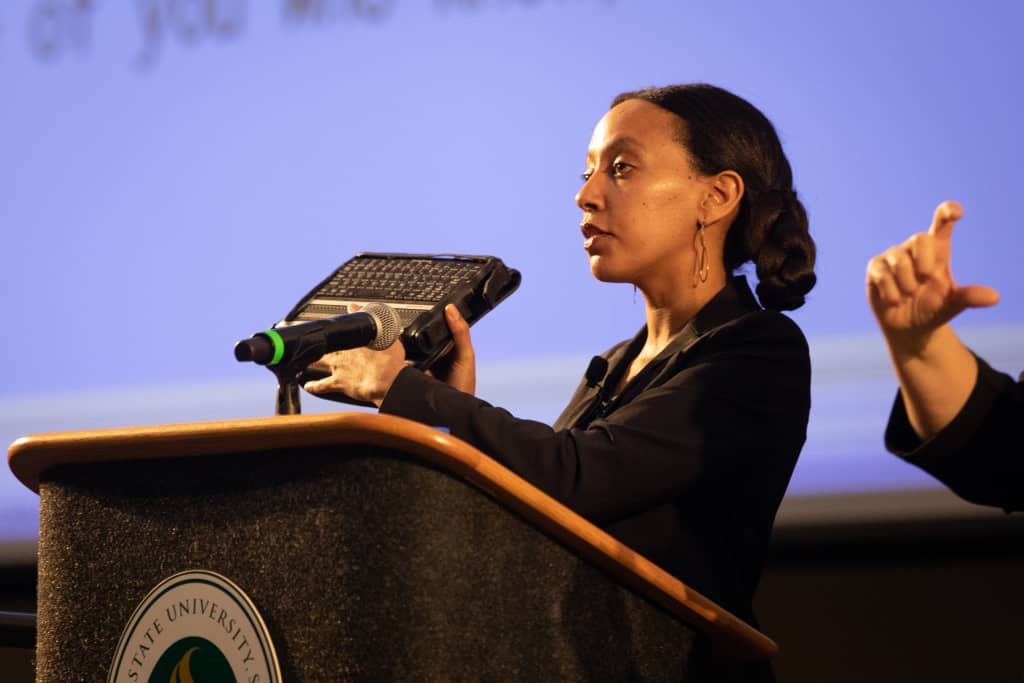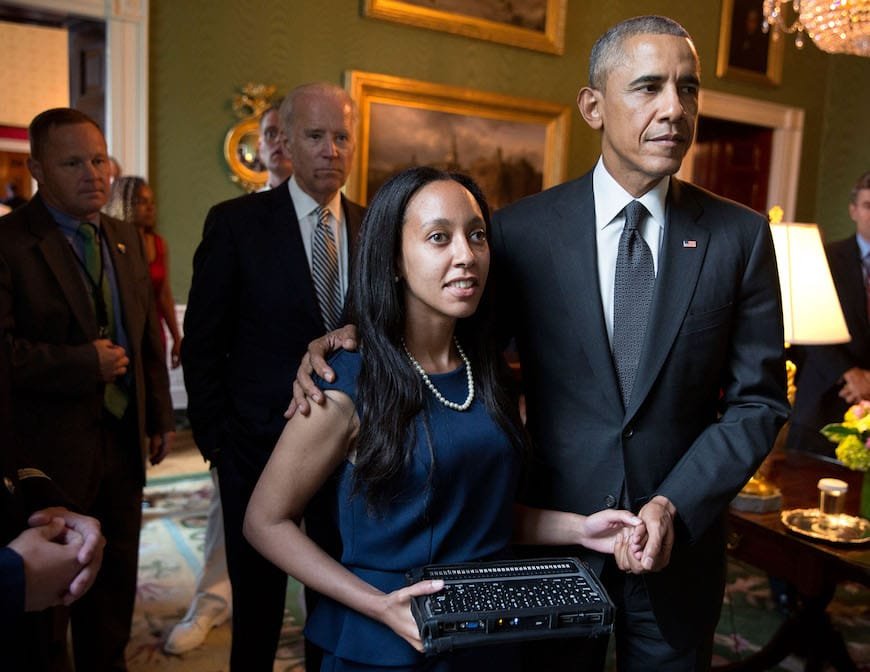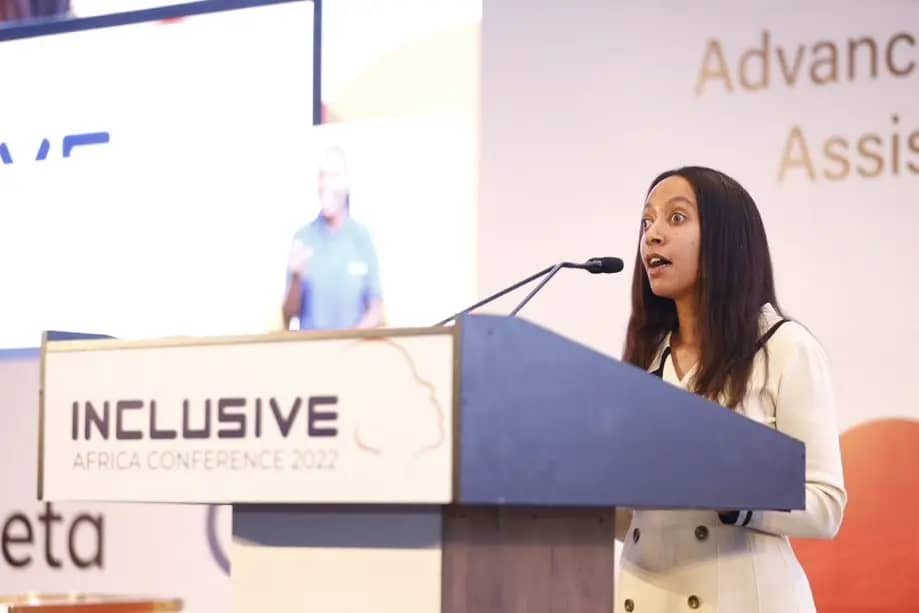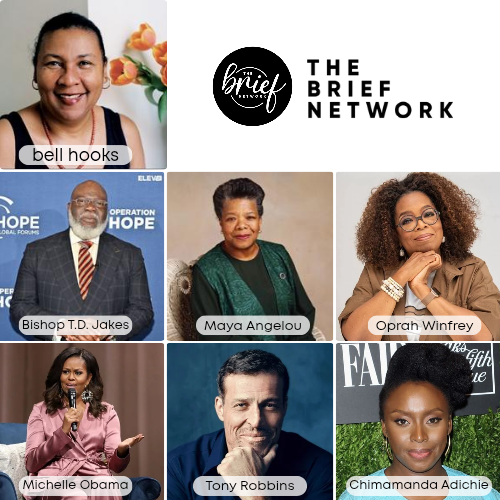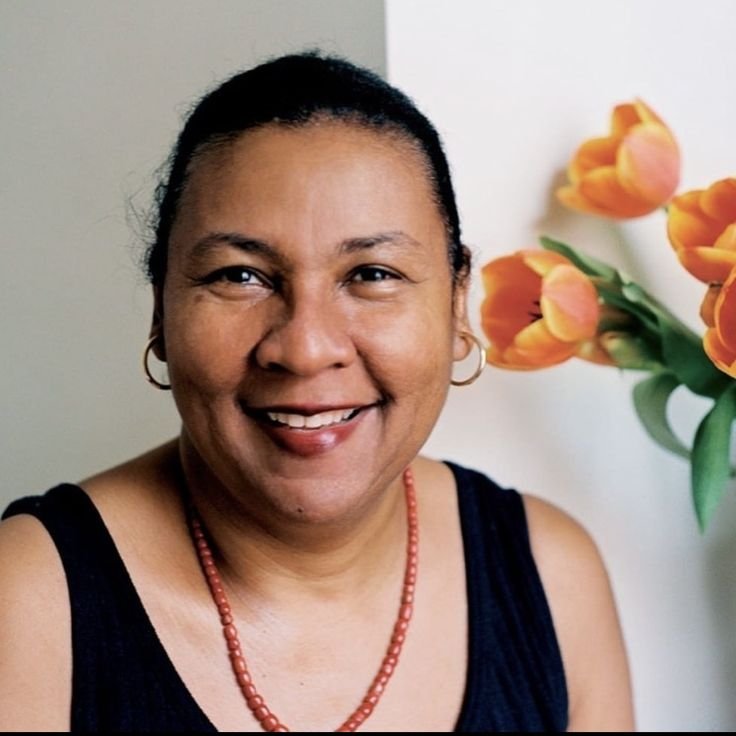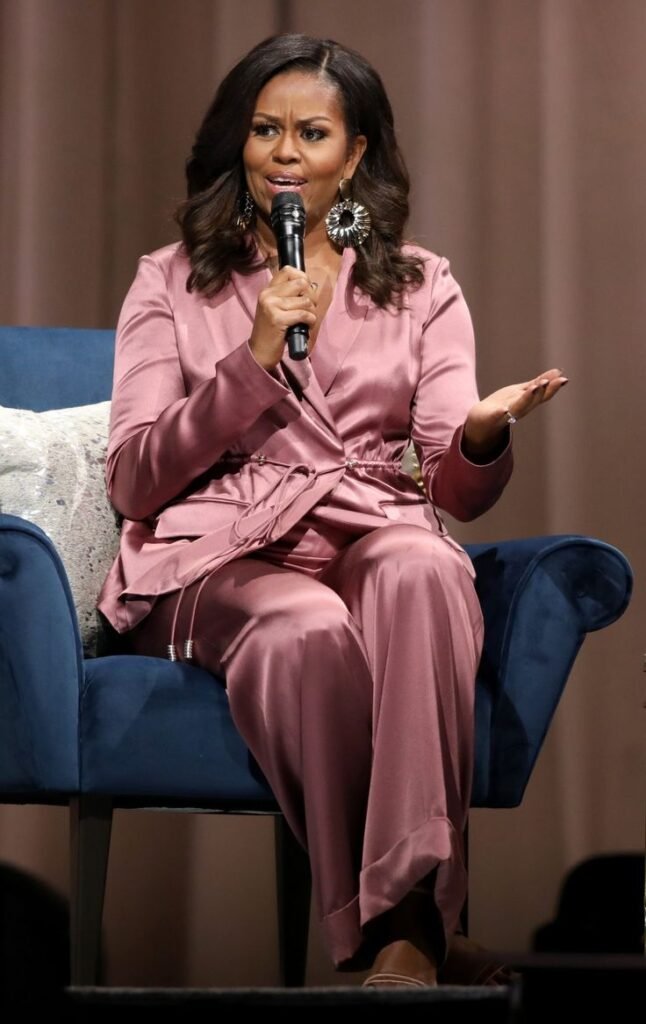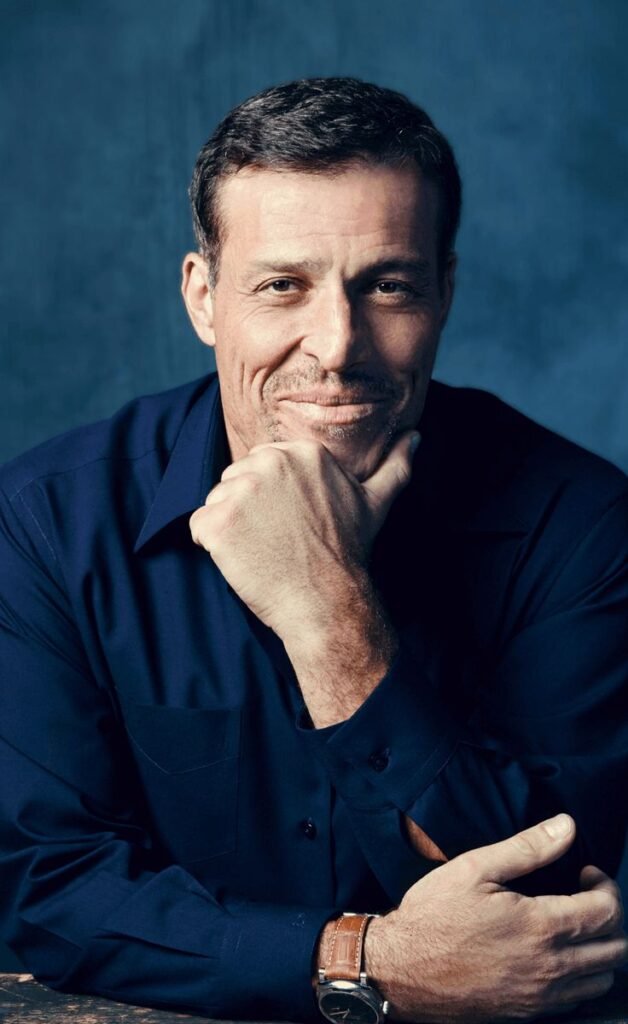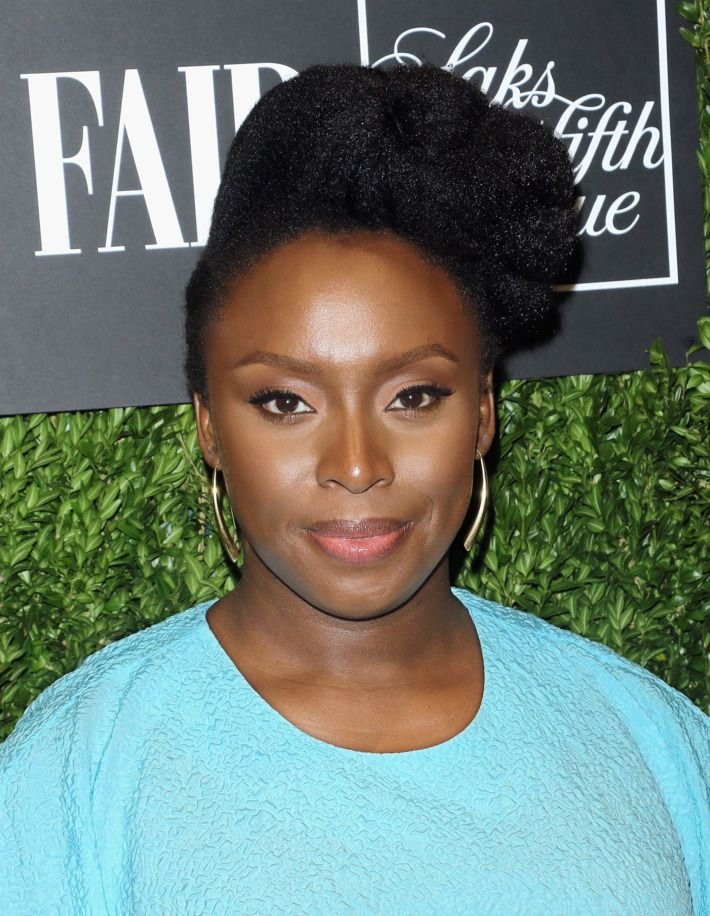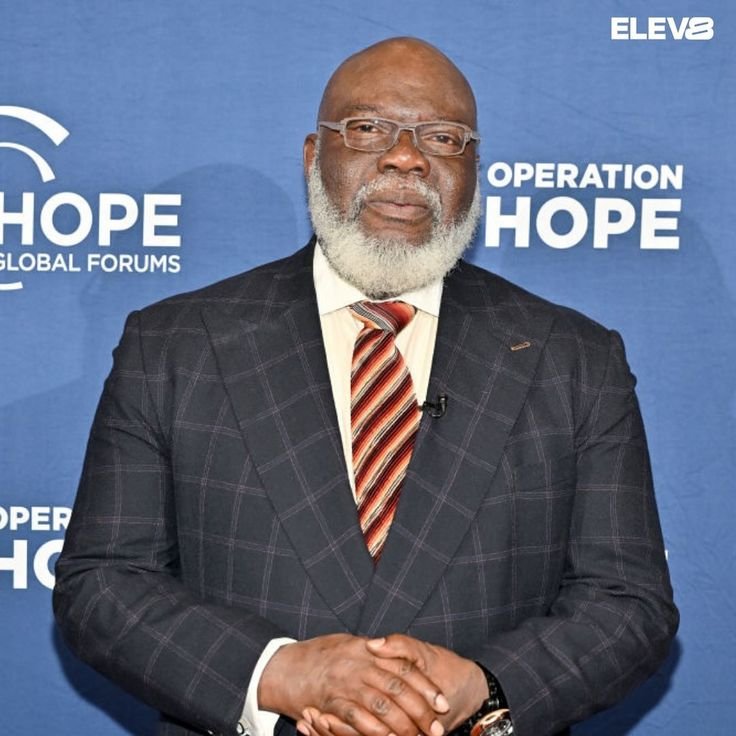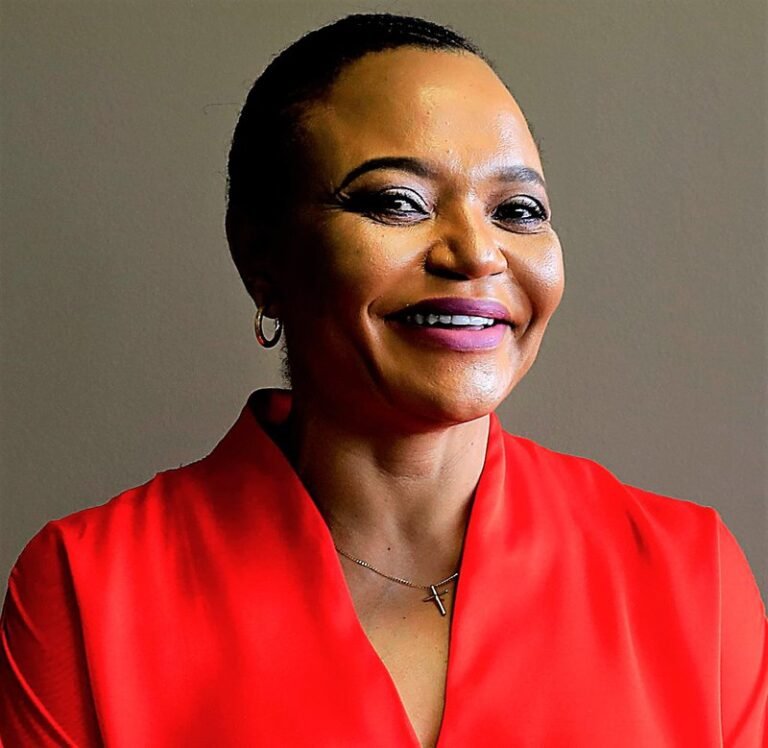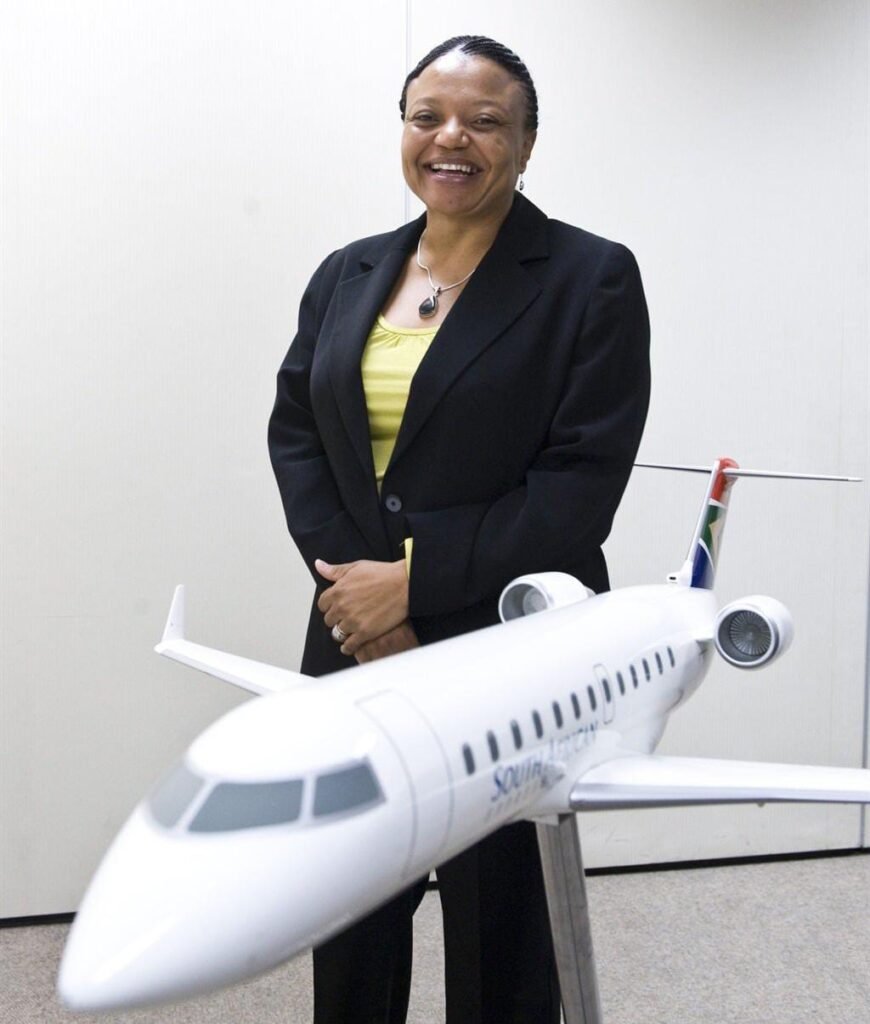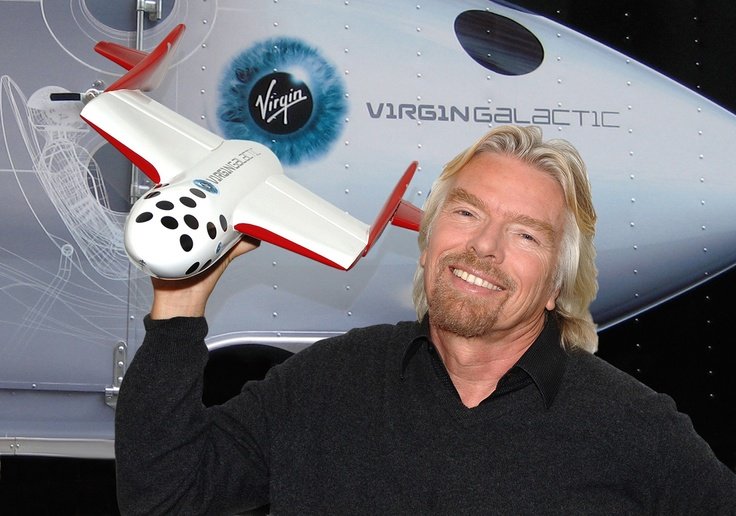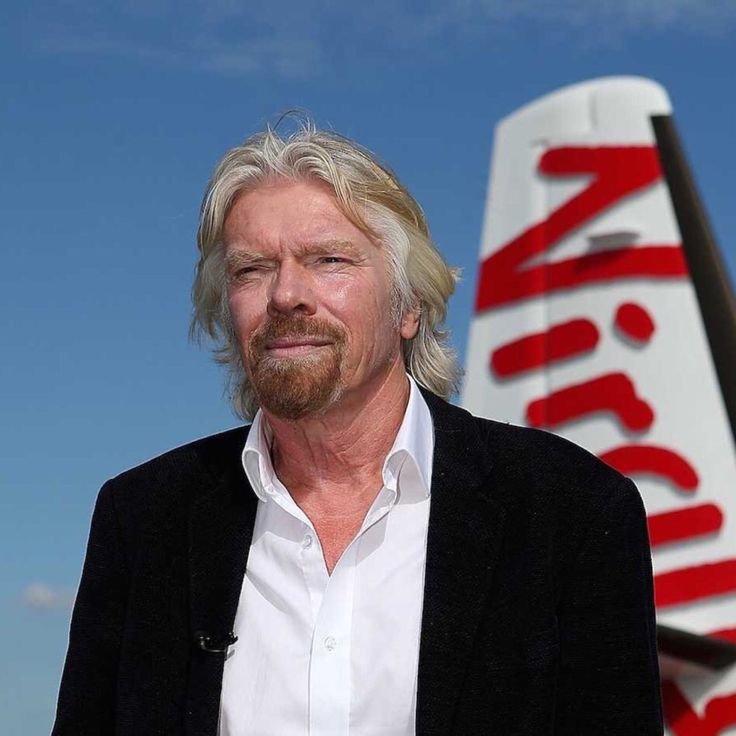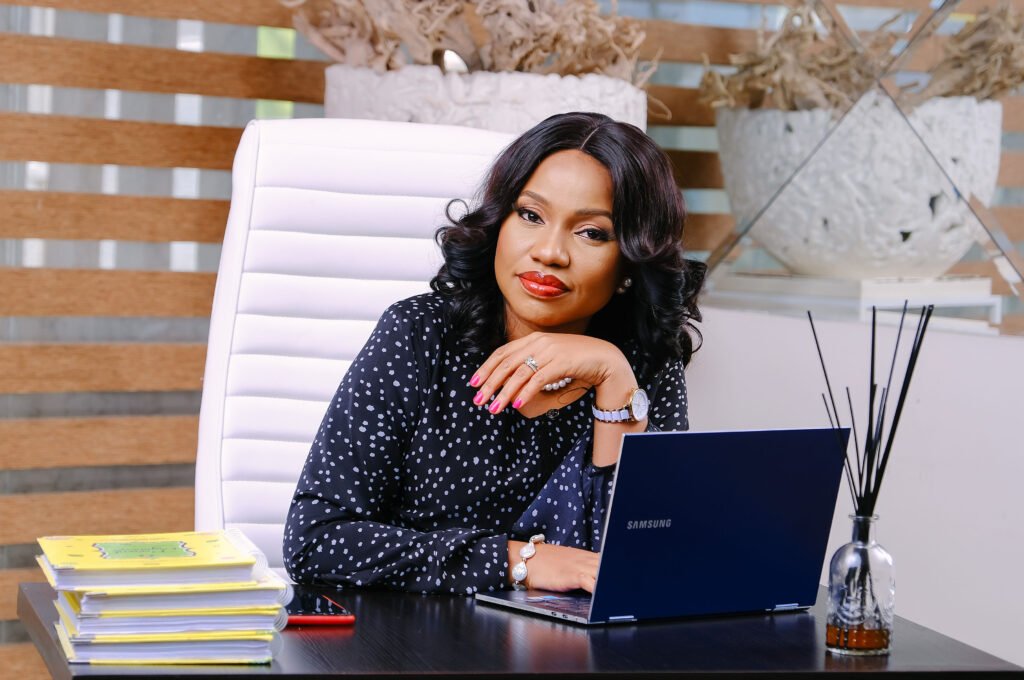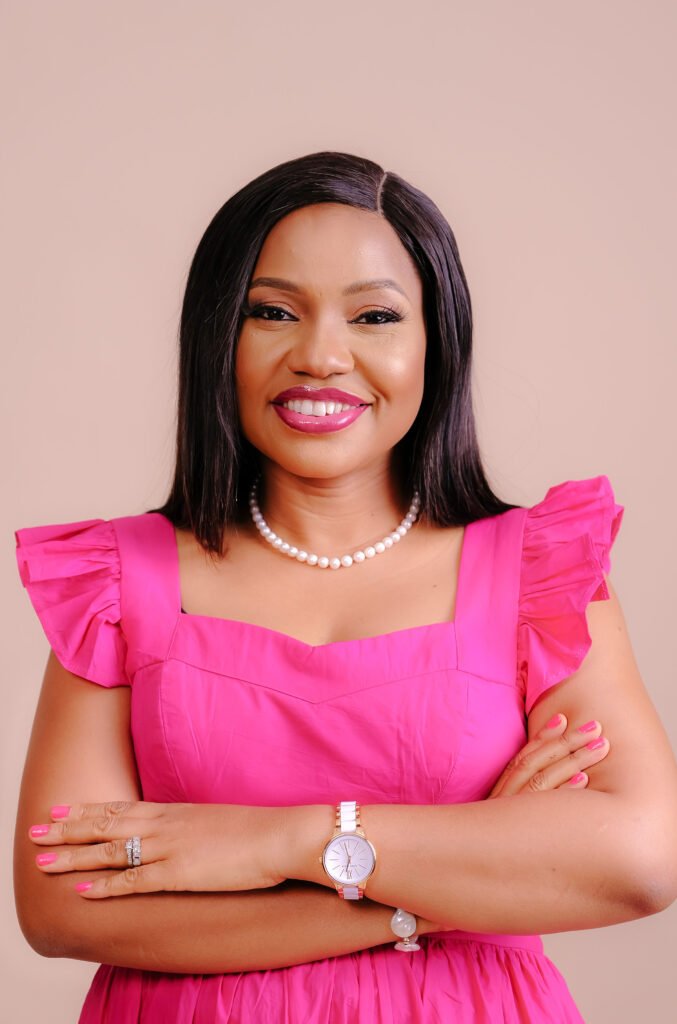You’re at your desk, staring at the screen. An unfinished email waits for attention, your phone buzzes with another reminder, and in the back of your mind a quiet voice nags: Did I pay that bill? What about next week’s meeting? Before long, your brain feels less like a workspace and more like a traffic jam.
David Allen calls this mental overload “psychic RAM”, when your mind is clogged with unprocessed commitments. His solution, outlined in his book, Getting Things Done: The Art of Stress-Free Productivity, is simple: stop trying to manage everything in your head. Instead, create a trusted system that captures, clarifies, and organizes so you can finally breathe and focus.
Allen puts it nicely,
“Your mind is for having ideas, not holding them.”
That’s where the genius of his five-step method comes in, a practical flow designed to take you from chaos to clarity.
1. Capture: Empty Your Mind
Every stray thought, task, or obligation must be taken out of your head and placed in a trusted inbox; a notebook, app, or digital tool. Think of it as unloading a heavy backpack. When you capture everything, you immediately reduce mental weight. Allen warns that the brain makes a terrible office. Until things are written down, they’ll keep circling in your head, draining energy.
2. Clarify: Decide What Each Item Means
Once captured, each item must be processed. Ask yourself: Is it actionable? If the answer is no, it either gets deleted, filed as reference, or saved for “someday.” If it is actionable, the question becomes: What’s the very next step?
Allen insists on clarity because vague tasks breed stress. The clearer the action, the easier it is to move forward.
3. Organize: Put It Where It Belongs
Imagine walking into a room where every object has a place, suddenly, it feels calmer. GTD works the same way. Each clarified task gets stored where you’ll see it at the right time:
- A calendar for time-specific tasks.
- Next Actions lists sorted by context (calls, errands, computer work).
- A Projects list for multi-step goals.
The key here is trust. When everything is organized, you stop wasting energy wondering what you forgot.
4. Reflect: Keep the System Alive
This step separates GTD from abandoned to-do lists. Allen emphasizes the Weekly Review: setting aside time each week to review projects, update lists, and clear your inbox. Just like tidying a room once a week, it keeps your system fresh so you can rely on it fully.
Reflection keeps your system alive. Without it, lists grow stale and lose trust. With it, you always know exactly where you stand.
5. Engage: Do with Confidence
Now comes the payoff. With everything captured, clarified, and organized, you can finally work without second-guessing. Instead of reacting to whatever feels urgent, you choose the task that best fits your time, energy, and priorities. As Allen explains,
“You don’t actually do a project; you can only do action steps related to it.”
That shift from juggling everything in your head to trusting a system, creates the space for calm and focused productivity.
The Timeless Need for Clarity
When Getting Things Done was first published in 2001, the world wasn’t yet flooded with smartphones and endless notifications. And yet, Allen’s method feels more urgent than ever today. Our attention is pulled in a dozen directions at once, and without a system, we drown in unfinished thoughts.
GTD offers freedom. It doesn’t pressure you to do everything. Instead, it shows you how to see everything clearly, so you can choose with confidence. And the more you practice, the lighter your days feel.
Clarity, control, and stress-free productivity aren’t just ideals, they’re skills. Start practicing with your copy of Getting Things Done here

